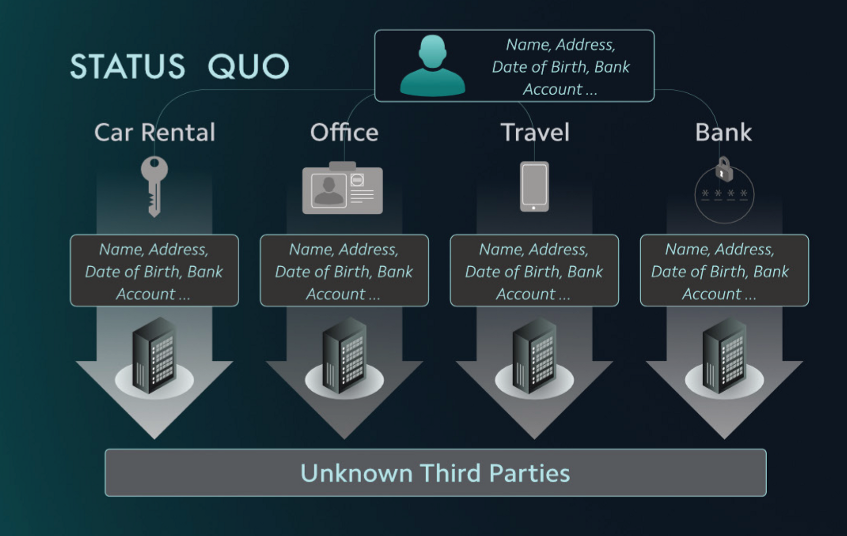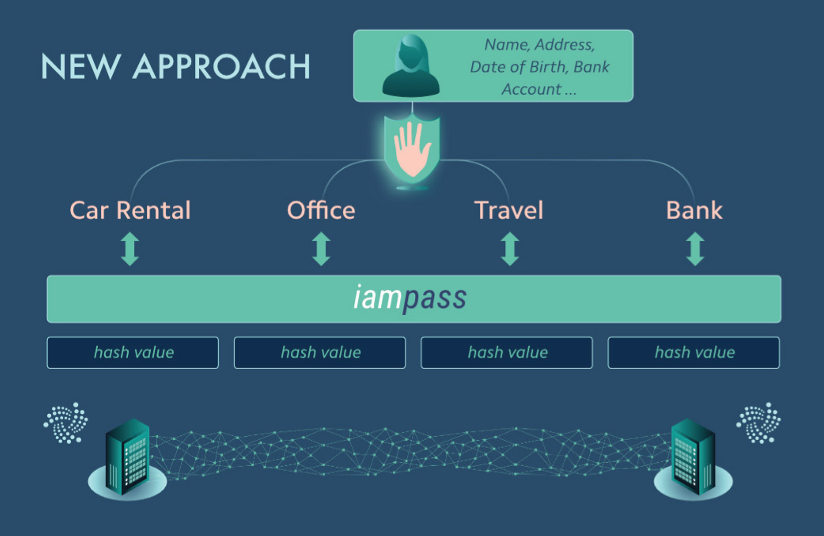IOTA is a not-for-profit organization on a mission to develop and standardize the blockchain’s involvement with the growing Internet of Things (IoT). This has led to the conception of the IOTA Tangle, which is a distributed ledger technology (DLT) designed specifically for IoT applications and environments.
Although the name IOTA refers to extremely small amounts, their team is working to build the components necessary for entire cities to operate within a technological mesh. The system they’re currently building uses an open-source protocol that allows interactions between machines, secures and facilitates data transfer, and provides instant and fee-less payments.
Without human interaction, there would be no cities. This means there will need to be secure, convenient ways for humans to access and operate the interconnected machinery that surrounds them.
Tangle Powers Palm Scanners
A recent announcement published on the IOTA blog revealed that Tangle will be used to power a “new biometric authentication system” that’s able to identify an individual by the pattern of their palm veins.
The company behind the palm reader is IAMPASS, which is a Singaporean tech company founded by a team of innovators looking to create decentralized, tangible products that anyone can use.
The diagram below shows the benefits of IAMPASS’s approach. Instead of relaying your personal, sensitive information to a variety of centralized institutions — who sometimes sell it to unknown entities for a profit — your information would be stored securely using the Tangle DLT.
After your palm print has been scanned, a unique blockchain identity is created, and you could then share access to your data with approved parties easily by scanning your palm.


The application could also extend to include building access points, electric car charging, and even high-security environments like airports by providing an immutable record that can be securely reviewed when necessary.
Biometric technology (think fingerprint scanning) causes some to raise an inquisitive eyebrow, mostly because they don’t know what the collecting agencies are going to do with their fingerprints. Up until the last couple years, the fact these agencies were centralized was easy to glance over, because that has always been the norm.
Now that distributed ledgers are renovating information storage and security measures with trustless databases, the convenience of palm scanning makes more sense. Not only does DLT make biometric technology more appealing for the end user, the businesses they’re interacting with could benefit from the meaningful cost savings that occur once the outdated fees charged by external security services are eliminated.
IOTA Foundation co-founder Dominik Sciener described his excitement for the partnership within the announcement post, stating:
Identity is still one of the biggest unsolved problems today, as the inability to easily identify, verify and authenticate causes significant friction for users and service providers worldwide. This is why we are excited about the IAMPASS Proof of Concept, which uses the IOTA permissionless distributed ledger to make identity not only portable, but also give users access and ownership over their own data.
He also pointed out that real-world applications such as this are necessary if the mass adoption of blockchain technology stands a fighting chance. For an industry that needs to handle both human and machine ID on a mass scale, the fee-less transaction capabilities of Tangle are necessary. However, whether IOTA captures a sizeable chunk of the growing IoT industry remains to be seen.

